Spice Up Your Life: 7 Asian Ingredients That’ll Make Your Kitchen Sizzle!
Table of Contents
- Introduction
- 1. Star Anise – The Five-Star Aroma
- 2. Lemongrass – Citrus in a Stick
- 3. Galangal – Ginger’s Classy Cousin
- 4. Sichuan Peppercorns – Tingling Taste Buds Since Forever
- 5. Shiso Leaves – Japan’s Flavor Bomb
- 6. Tamarind – Sweet, Sour, and Totally Irresistible
- 7. Bird’s Eye Chili – Small But Oh-So-Powerful
- Pro Tips for Using These Flavor Powerhouses
- Conclusion: Global Spice Traditions Start in Your Kitchen
Welcome to the Flavor Jungle
If your kitchen were a movie, would it be an action-packed thriller or a snooze-fest documentary? Let’s fix that! Today, we’re diving into seven essential Asian ingredients that have powered global spice traditions for centuries. Whether you're a seasoned chef or a curious home cook, this list will spice up your culinary game faster than you can say “sriracha.”
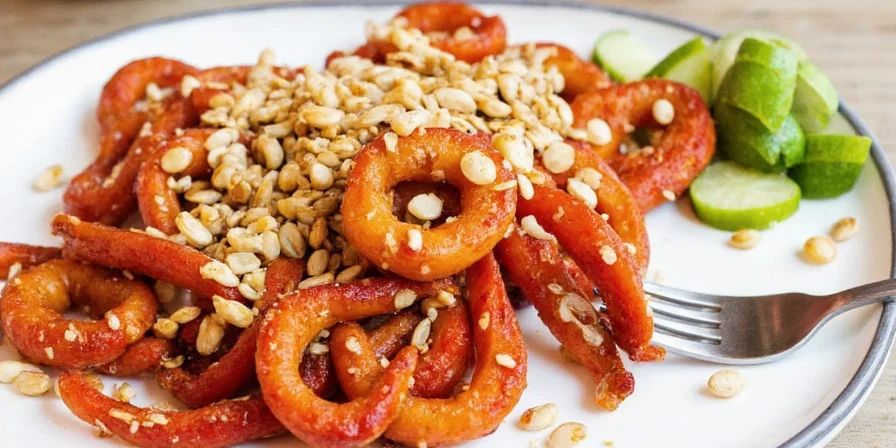
1. Star Anise – The Five-Star Aroma
Star anise looks like something straight out of a fairy tale — a tiny, star-shaped pod packed with licorice-like flavor. It’s a staple in Chinese five-spice powder and adds depth to braises and soups.
- Bold Flavor: Use sparingly — its punch is strong!
- Pro Tip: Add whole pods to broths and remove before serving.

2. Lemongrass – Citrus in a Stick
This grassy stalk smells like lemon and tastes like summer. Used widely in Thai and Vietnamese cuisine, it adds a bright note to curries, marinades, and even cocktails.
- Best Use: Crush it slightly before cooking to release oils.
- Warning: Don’t eat it raw — it’s tough as nails!

3. Galangal – Ginger’s Classy Cousin
Think of galangal as ginger’s posh relative who vacations in Bali instead of Buffalo. It has a sharper, more piney flavor and is essential in Thai curry pastes.
| Ingredient | Flavor Profile | Common Use |
|---|---|---|
| Galangal | Piney, peppery, earthy | Tom Kha Gai, curry paste |
| Ginger | Sweet, spicy, zingy | Stir-fries, baking, tea |

4. Sichuan Peppercorns – Tingling Taste Buds Since Forever
No, your tongue isn’t malfunctioning — this spice literally makes your mouth tingle! Known for their numbing effect, these are a key part of Sichuan cuisine and add complexity beyond heat.
- Unique Trait: Causes a tingling, numbing sensation.
- Pro Tip: Toast and crush them for maximum effect.
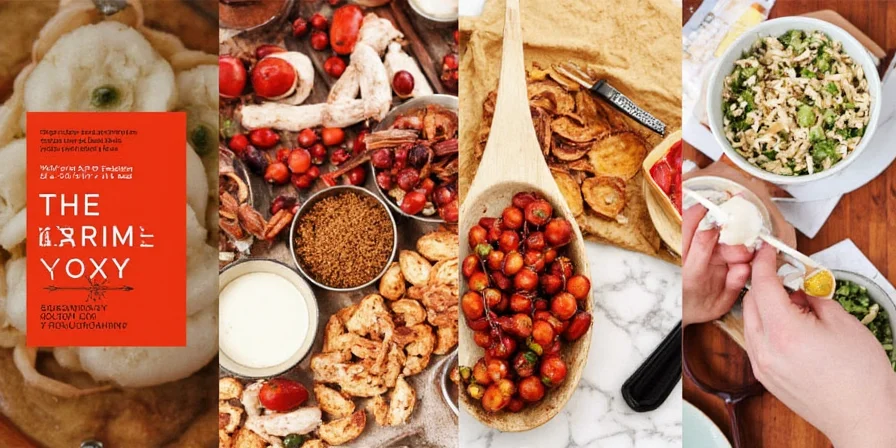
5. Shiso Leaves – Japan’s Flavor Bomb
These vibrant green leaves bring fresh, minty, and slightly citrusy notes to the table. Often used in Japanese cuisine, especially with sushi, they elevate both taste and presentation.
- Versatile: Use raw in salads or tempura-fried for texture.
- Look for: Perky, unblemished leaves.
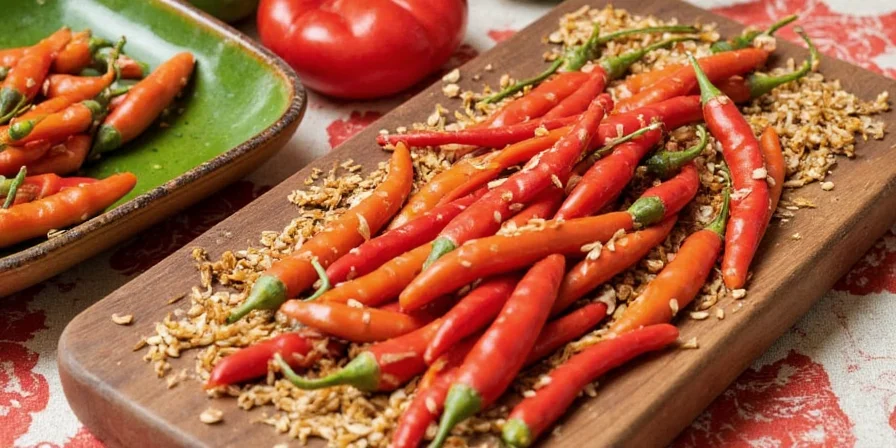
6. Tamarind – Sweet, Sour, and Totally Irresistible
Tamarind paste is the soul of many Southeast Asian dishes. Its tangy-sweet profile brings balance to spicy and salty flavors, making it a must-have ingredient in curries and dipping sauces.
- Storage: Keeps forever in a cool, dark place.
- Use In: Pad Thai, sambar, chutneys.
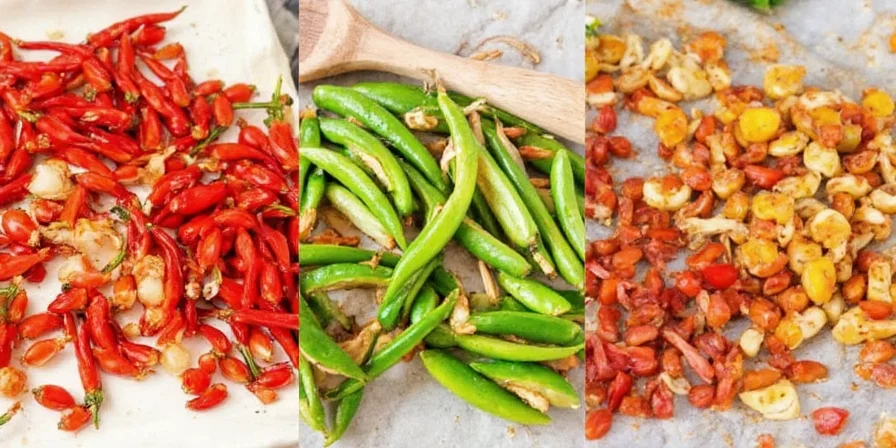
7. Bird’s Eye Chili – Small But Oh-So-Powerful
These tiny red chilies pack a punch! Used across Asia from Thailand to Indonesia, they’re hotter than jalapeños and perfect for those who like it fiery.
- Heat Level: 50,000–100,000 Scoville units
- Tip: Wear gloves when chopping!
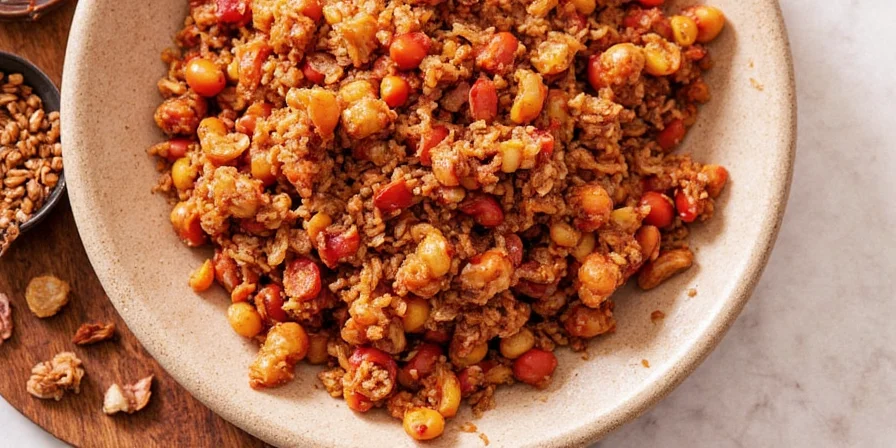
Pro Tips for Using These Flavor Powerhouses
1. Toast Dry Spices for More Flavor
A quick toast in a dry pan unlocks hidden aromatics. Just don’t walk away — they burn fast!
2. Freeze Fresh Herbs for Later
Shiso, lemongrass, and galangal can be chopped and frozen in oil cubes. Pop one out whenever inspiration strikes.
3. Pair Heat with Acid
If you go full chili mode, balance it with lime juice or vinegar. It’s like giving your dish a spa day.
4. Label Everything!
You’ll thank yourself later when you’re not staring at a jar wondering if it’s turmeric or mustard seeds.

Conclusion: Global Spice Traditions Start in Your Kitchen
From the smoky warmth of star anise to the electric buzz of Sichuan peppercorns, these seven ingredients are your passport to a world of flavor. Incorporating them into your cooking isn’t just about taste — it’s about connecting with centuries-old traditions, cultural stories, and the joy of experimentation.
So grab your mortar and pestle (or food processor, no judgment), and start playing with fire, fragrance, and freshness. Your taste buds — and dinner guests — will never look back.
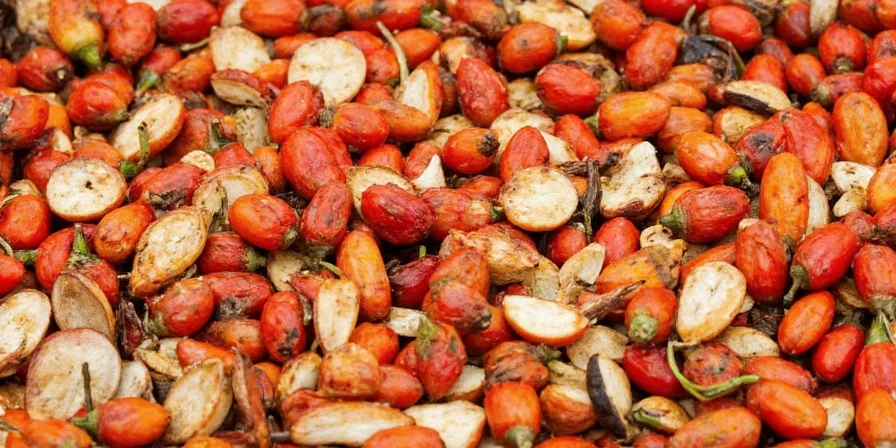

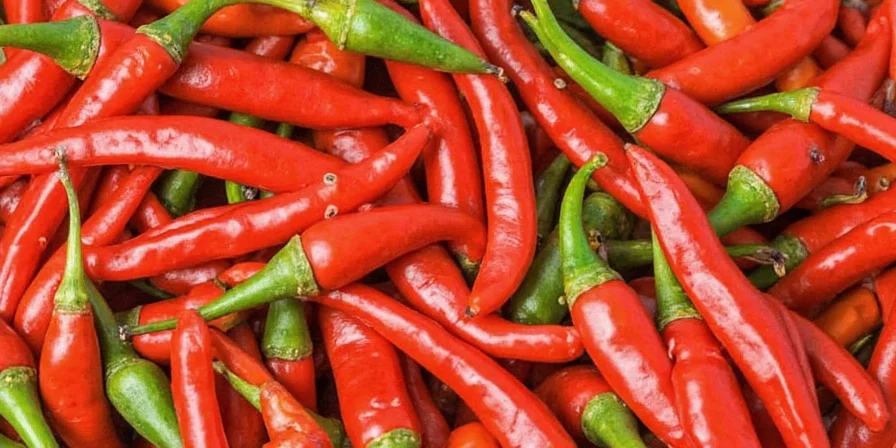









 浙公网安备
33010002000092号
浙公网安备
33010002000092号 浙B2-20120091-4
浙B2-20120091-4